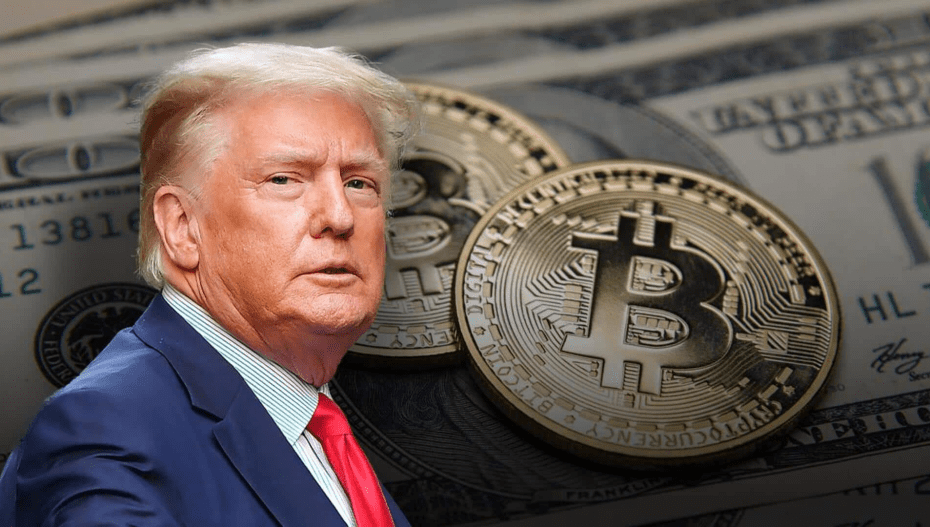The U.S. dollar surged to its highest point in over six months against major currencies on Tuesday, while Bitcoin briefly hit a record high before easing, reflecting market anticipation of inflationary tariffs promised by President-elect Donald Trump.
Bitcoin climbed 1.88%, reaching $89,683.00, just below an all-time high of $89,982, following Trump’s vow to make the U.S. “the crypto capital of the planet.”
Expectations of heightened tariffs under Trump are seen as likely to increase prices, potentially limiting the Federal Reserve’s flexibility to reduce interest rates. The yield on U.S. 10-year Treasury notes jumped by 13.1 basis points to 4.439%.
“We’re still seeing the market reacting to post-election moves,” said Vassili Serebriakov, an FX strategist at UBS in New York. “For now, the market is focused on the economic implications of a second Trump term, especially policies that are likely to support the dollar, such as the possibility of higher tariffs.”
The U.S. dollar index, which compares the dollar to six other major currencies, rose 0.51% to 105.96, having peaked at 106.17 – its highest since early May.
According to Decision Desk HQ, Trump’s Republican Party appears set to secure a slim majority in both houses of Congress. This would empower the president-elect to advance his agenda, including potential tax cuts and deregulation, once he assumes office in January.
“The dollar has been on a broad upward trend since before the election,” Serebriakov added, “and that momentum was likely amplified by expectations of a Republican-controlled Congress, which is seen as dollar-positive.”
Trump has signaled that countries not buying enough American goods, especially automobiles, could face consequences. China could see blanket tariffs as high as 60%, he has warned.
Since last week’s election, the euro has dipped to a seven-month low, and China’s yuan has fallen to its weakest level in over three months, as both regions could face Trump-imposed tariffs.
The euro faced added pressure due to political uncertainty, with Germany set for elections in February after Chancellor Olaf Scholz’s coalition collapsed. The euro slid to $1.0596 on Tuesday, a level not seen since November 2023, ending the day down 0.32% at $1.06215.
The British pound also weakened, dropping 0.99% to $1.2742 as data indicated slower wage growth and rising unemployment in the UK, compounded by the dollar’s rally.
Meanwhile, the dollar rose 0.6% against the yen, trading at 154.63 yen. The Japanese currency recently hit a three-month low of 154.715 per dollar.
The Chinese yuan closed at 7.2378 per dollar, its lowest since August, and the Australian dollar – closely tied to China’s economy, Australia’s biggest trading partner – slipped 0.61% to $0.6534.
“There’s definitely a herd mentality building here,” said Amarjit Sahota, executive director at Klarity FX in San Francisco. “It’s tempting to look for a contrarian angle, but the market’s current bullish sentiment is driven by the broader outlook on Trump and the Federal Reserve’s shifting stance.”
Read more on Bitcoin Nearing All Time High
Read more on Trumps Tariffs





Leave a Reply